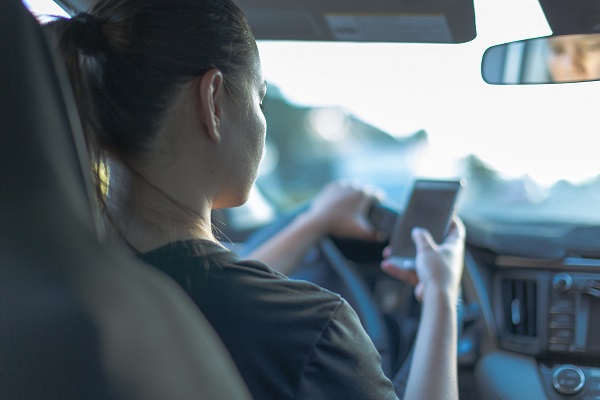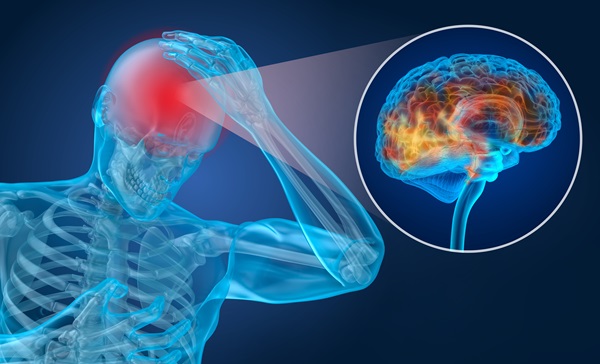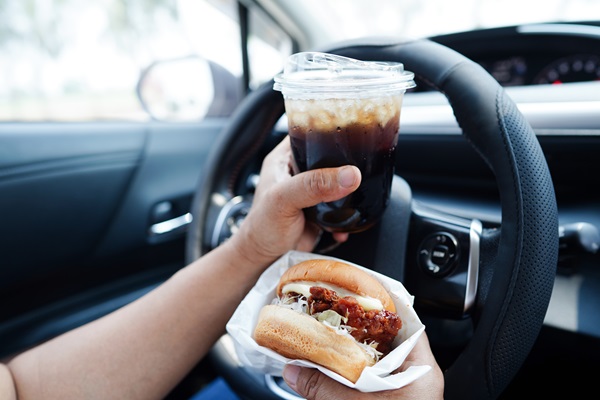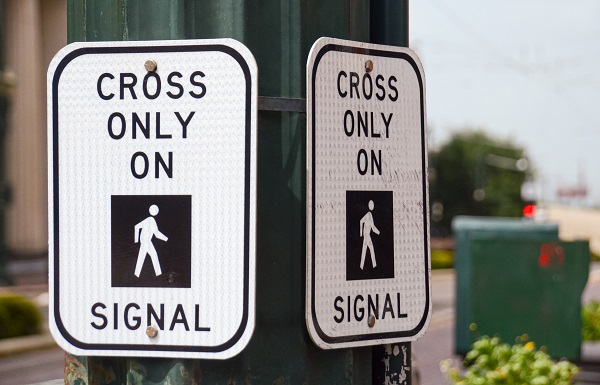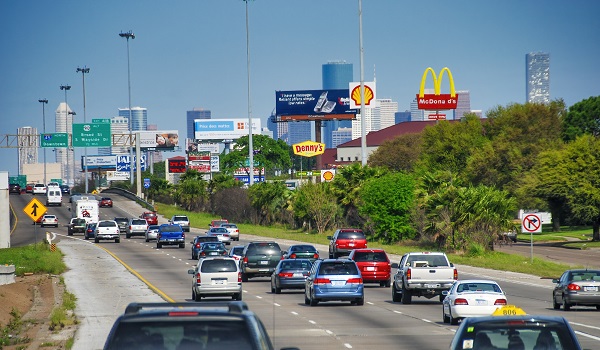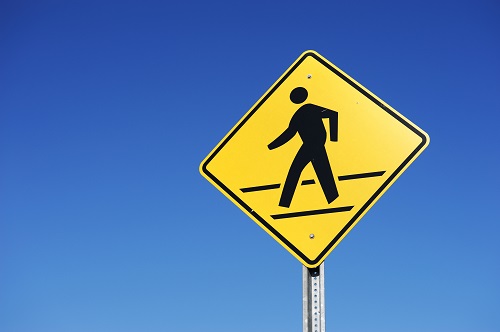Houston Mother Shares Heartbreaking Story Amid Distracted Driving Awareness Month
In honor of Distracted Driving Awareness Month, family members who lost loved ones in fatal distracted driving accidents in Texas have been telling their stories to remind the public about the dangers of not focusing on the road and causing serious or fatal collisions.
“Because somebody couldn’t put down their phone, my son and my daughter were killed,” said Dee Estelle in an interview with CW39 Houston News. “They shouldn’t have been. They should be here right now with us.”
Houston mother recalls fatal distracted driving crash
Estelle recently told her story to CW39 Houston News about her children’s deaths due to a distracted driving crash on Dec. 21, 2015. That day, Estelle, her husband, and their three adult children were driving home to Houston after going to see a Christmas light display in Fort Worth. On the way home, a texting driver slammed into the back of their car, going 70 mph.
The impact of the accident killed Estelle’s 19-year-old daughter, Gabbie Estelle, and 23-year-old son, Alex Trejo. “I tell my story, not so you can feel sorry for me,” Estelle said. “I tell my story so people don’t have to have a story to tell. This is what I’m trying to stop. So, from my family to everybody else, phones down — eyes on the road. The life you save just might be your own.”
Distracted driving is a problem in Texas
Distracted driving poses a significant problem across Texas, a reality tragically exemplified by stories like Estelle’s. Each year, thousands of individuals suffer injuries or lose their lives in car accidents caused by distractions behind the wheel, ranging from texting while driving to using GPS devices.
According to the Texas Department of Transportation (TxDOT)), nearly one in six car accidents in 2022 originated from distracted driving, resulting in 2,824 serious injuries and 487 fatalities statewide. TxDOT emphasizes that all distractions, whether texting, eating, self-grooming, or conversing, pose significant risks on the road.
Unfortunately, distracted driving incidents have surged in recent years in Texas. The 2022 statistics marked some of the highest numbers of injuries and fatalities related to distracted driving since at least 2017, as highlighted by a study from the Texas Strategic Highway Safety Plan. While 2021 witnessed a higher number of injuries, with 2,932 individuals harmed, 2022 stands out for recording the most distracted driving-related fatalities in the state’s recent history.
Why is distracted driving so dangerous?
When drivers divert their attention away from the road, the results can be catastrophic. Even a momentary lapse in concentration can lead to devastating consequences on the road. This shift in focus can be particularly dangerous given the high speeds at which many vehicles travel. For instance, engaging in tasks like reading or composing a text can cause a driver to take their eyes off the road for approximately 5 seconds. According to the National Highway Traffic Safety Administration (NHTSA), during this brief period, a vehicle traveling at 55 mph would have traveled the entire length of a football field without the driver’s attention on the road.
Now, consider the faster speeds permitted on many highways in Houston and across Texas, often ranging from 65 mph to 70 mph. At these speeds, distracted drivers can cover even greater distances than the length of a football field while their focus remains on their phones rather than the road ahead.
Holding negligent drivers accountable
If you or a loved one was injured in a crash involving a distracted driver, it’s crucial to understand your legal rights and options. Seeking guidance from an experienced car accident lawyer can help you navigate the complexities of your case and pursue the maximum compensation you deserve for your medical bills, lost wages, and pain and suffering.
At Smith & Hassler, our attorneys are dedicated to advocating for the rights of those injured due to negligence. Our experienced team has the knowledge, resources, and determination to fight for justice on your behalf.
Shift your case into overdrive and get the Texas law firm that gets results. Contact us today and schedule a free case evaluation. We have four offices conveniently located throughout Texas, including three offices in Houston.





